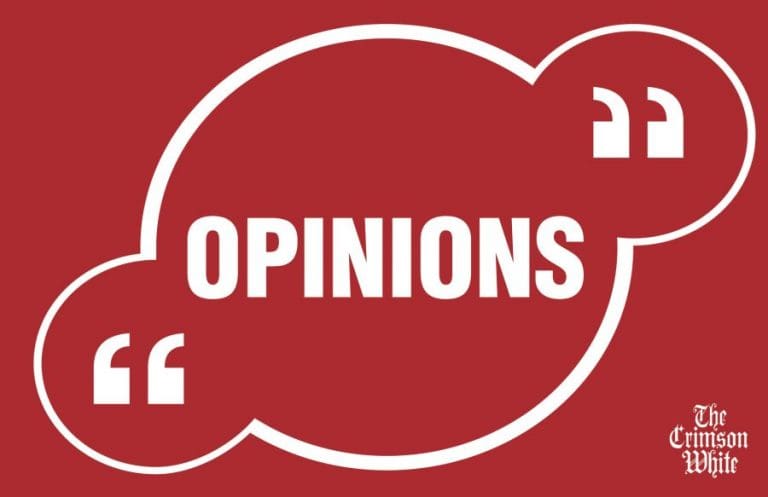Opinion | The US can have both clean air and a thriving economy
August 3, 2022
On June 30, the Supreme Court ruled in a 6-3 decision that Congress did not provide enough authority to the Environmental Protection Agency under the Clean Air Act. This decision wrapped up a controversial Supreme Court session by limiting the EPA’s power to regulate the energy sector, drastically altering established climate-management strategies.
As Alabama ranks 41st in state air pollution, the decision will drastically affect the health and development of local communities. Debates around the EPA’s strategy have focused on the costs associated with enforcing effective environmental measures, but those changes have direct impacts on the health and safety of citizens and workers.
In the wake of the West Virginia v. Environmental Protection Agency decision, a major question hangs in the balance: Can clean air be obtained in a cost-effective manner?
What did the Court decide?
While there has been confusion around the verdict and implications of the West Virginia v. EPA decision, it is a simple matter of whether or not the EPA used Section 111 of the Clean Air Act appropriately or not.
The governing statute that gives the EPA its power to regulate emissions is ambiguous, authorizing them to use its best systems available to regulate emissions. In response, the EPA embraced “generation shifting,” which involves a shift in energy production from carbon-emitting fossil fuels to renewable energy sources. This shift would cost billions in compliance costs, raise retail electricity prices and would shut down dozens of coal plants, terminating tens of thousands of jobs.
After the EPA suggested generation shifting, the Supreme Court decided that “systems” did not give clear enough guidance on what the EPA can and cannot do. The Supreme Court issued a Major Question Doctrine, which is issued to require an agency to receive direct orders from Congress before acting.
Many people have mistakenly assumed that the Clean Air Act has been overturned, but the majority of the Clean Air Act remains intact. The only change is that the EPA cannot use Section 111 of the Clean Air Act to enforce “generation shifting” as a method of emission regulation.
Clean air regulations help the economy
Clean air and economic success mutually affect each other. For instance, the Clean Air Act protects Americans from pollution-related health issues, lowering medical costs and enabling a healthier workforce. In fact, the Clean Air Act has prevented an estimated 17 million lost workdays, which has had vast impacts on the economy.
The economic benefits from the prevention of medical costs and lost workdays from the Clean Air Act far exceed the costs of pollution control. Moreover, a 2011 peer-reviewed study by the EPA found that the Clean Air Act’s benefits exceed its costs by a factor of more than 30-to-1 in most cases.
Since the creation of the Clean Air Act in 1970, emissions of common air pollutants dropped 77% while the US gross domestic product grew 285%. The pollution reduction industry should not be overlooked when considering the economic benefits derived from the promotion of clean air as it continues to add jobs to the American workforce.
Without the Clean Air Act, the economy would not reap the economic benefits of a healthy and developed workforce. Air pollution already costs the United States roughly 5% of its yearly gross domestic product. These costs would become even greater without the help of the Clean Air Act.
While many present the success of the environment and the economy as conflicting goals, they actually go hand in hand. We can have clean air and a healthy economy if we choose to utilize our resources wisely.










